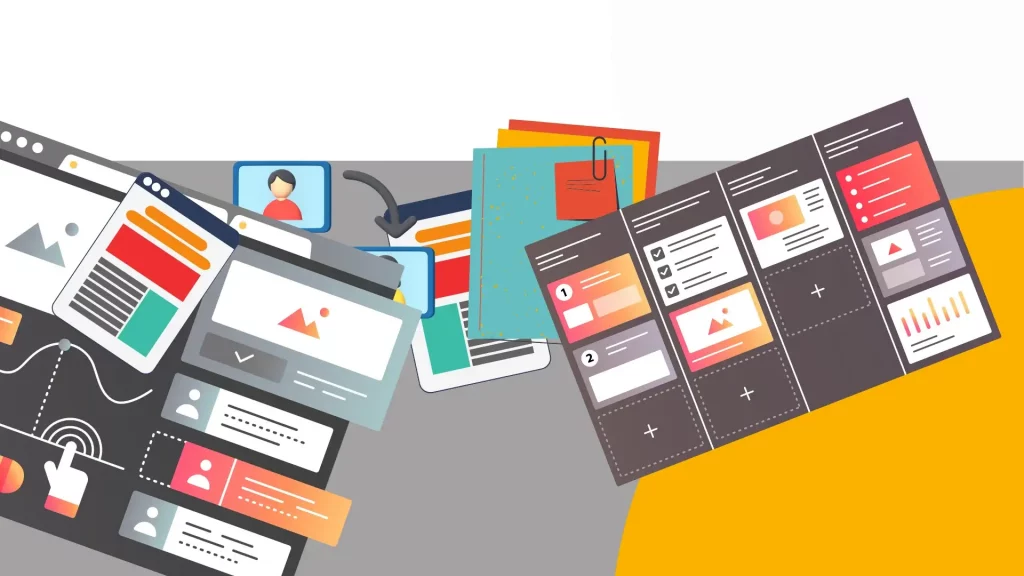Performance reviews have several important functions in teams. When employees do not receive accurate performance reviews, their growth can stagnate, or even deteriorate over time. It happens because of the presence of several biases in managers.
Recently, many managers have been struggling to get a fair performance review. The idiosyncratic rater bias – which is a bias that affects performance reviews negatively – is one of the main reasons for this. Without knowing about and addressing this bias, managers will find it difficult to give accurate and unbiased performance reviews. So what can they do? Read on to learn more about how to tackle the Idiosyncratic rater bias and ensure that all performance evaluations are fair and based on objectivity!
The Idiosyncratic Rater Bias
The term idiosyncratic rater bias highlights the ineptitude of humans in judging others. In simple terms, it denotes the phenomenon due to which people base their ratings of others on their own selves. Resultantly, different raters can give different ratings to the same person due to the differences in their self-perception. The bias is also known as the attribution bias, because it affects how people attribute their own performance to that of others. The idiosyncratic rater bias, which is also known as the rater effect, happens due to differences in the perception of raters. For instance, a manager’s perception of an employee due to factors other than the quality of work can affect their ratings. Similarly, people are likely to rate others higher if they perceive the tasks as difficult. In contrast, people will rate others low when they are able to carry out their job easily. All in all, ensuring consistency across raters is difficult. A number of factors relating to the raters themselves and those who are being rated skew the review either way. The idiosyncratic rater bias is not the only bias hurting your performance reviews, read more about the top 10 manager biases here.What are the consequences of the Idiosyncratic Rater Bias?
The idiosyncratic rater bias creates a manifold impact on teams. Beyond merely impacting the performance reviews, it create several significant second-order impacts, let’s review a few of those:Hurts performance reviews
The idiosyncratic rater bias negatively impacts the performance reviews of employees. As we have noted, the ratings lose thier value due to the bias. Using such data can lead to faulty decision-making. While all employees are evaluated relative to their peers, those with lower self-perceptions may unintentionally discourage others from doing more at work. On the flip side, some employees may get ratings higher than justified. In totality, the review process becomes about the reviewer, instead of the employee. In addition, the bias can lead to unfairness and resentment.Impacts morale
The impact of the idiosyncratic rater bias goes beyond impacting how employees perform. It has a significant impact on employee morale, as it can lead to low confidence and reduced commitment to the organization. When individuals have their self-confidence shaken, they are less likely to be motivated in their professional pursuits – let alone strive for excellence at work. This ultimately impacts team productivity and overall success. The bias has a cascading effect, there are several second-order consequences stemming from the idiosyncratic rater bias. Employees will not be motivated to perform more when they are not given their fair share in the performance appraisals. The perception of prevailing unfairness might prompt employees to merely do the bare minimum.Harms interpersonal relationships
The impact of the idiosyncratic rater bias goes beyond employee performance. It also harms interpersonal relationships within the organization. The biased ratings can lead to a tense and divisive work environment. Negative attitudes towards those with lower ratings can proliferate, causing tension and conflict on team members who are not immune to criticism in any form. Additionally, this negative attitude might spill over into other areas of life outside of work as well and cause stress. The perception of unfairness and bias hurts interpersonal relationships among colleagues too. When employees receive different ratings for similar work and behavior, they are sure to suspect some unseen influences in the process. Due to this, the mutual trust will be broken. Effectively, the spirit of collaboration suffers. All in all, a hostile environment in created where working together becomes challenging.Curbs diversity and innovation
The idiosyncratic rater bias works on similarity. The employees who share similar features and traits with the raters are more likely to receive higher rating. Consequently, two effects are observed. First, the apparently high performing group becomes a homogenous club of people who share many attributes. This can include culture, aspects of behavior, and mindsets. Second, innovation suffers as people who attempt to step out of the conventional line might not be rated favorably. The rater will unintentionally favor those who fall in line with their thinking. Effectively, we create a homogenous body of individuals who follow similar thought process.Hampers growth by disturbing performance appraisal
In performance appraisal, the ratings are supposed to reflect how an employee is doing. When employees know that their colleagues share similar views of them and their work – regardless of the merits of said view – it becomes hard for them to grow as professionals. Furthermore, this could hamper growth by disturbing assumptions which might have been built up over time in evaluation meetings. This lack of trust severely hinders teams’ ability to improve and makes progress more difficult after a period of stagnation. Moreover, as the performance reviews are no longer objective, they fail to fulfill their purpose. Employees who have received higher ratings will be unable to identify areas for growth. On the other hand, some employees will be demotivated as they do not get their much needed recognition even after putting in substantial efforts. All in all, presence of such tendencies in management can lead to low retention rates in teams eventually.Other Interesting Reads
How to tackle the idiosyncratic rater bias?
There is no one silver bullet to combating the idiosyncratic rater bias. However, a number of measures can go a long way in mitigating its negative effects on team performance and morale. First, it is important that raters are clear about their expectations before they begin reviewing someone’s work. This will help reduce any confusion or ambiguity as to what constitutes good and bad performance.Develop a consistent rating scale
Another way to ensure that ratings are reliable is to use a consistent rating scale. This will make it easier for raters to compare and contrast an employee’s performance across different periods of time and across different tasks. Additionally, it is important for raters to be transparent about their reasoning when assigning ratings. This will help employees understand the reason behind their evaluations, which in turn may motivate them to improve. While doing so, it is crucial to ensure that the ratings are not based on contrast, instead they need to be based on absolute analysis of the individual alone.Monitor and train raters
It is essential that management monitors and trains raters in order to mitigate the negative effects of idiosyncratic rater bias. This will help them develop a clear understanding of what constitutes good and bad performance, as well as how to objectively rate someone’s work. Furthermore, periodic reviews can ensure that ratings are kept up to date and adjusted where necessary. You can begin by introducing and increasing awareness about the detrimental impacts of these biases on the organization’s effectiveness.Use technology
Another way to mitigate the negative effects of idiosyncratic rater bias is to use technology. This can be done in a number of ways, such as automating ratings or tracking employee performance data using software. By doing so, management can ensure that ratings are accurate and reliable, while also allowing for more objective analysis of an individual’s work. You can combine multiple tools to create a transperant rating system which minimizes human impact.360-degree feedback with a bigger sample size
360-degree feedback can be an effective way to mitigate the negative effects of idiosyncratic rater bias. While a smaller sample size may not allow for accurate estimation, a bigger sample size will provide more accurate results. Additionally, 360-degree feedback can help employees understand why they were rated as they were and how to improve their performance next time around. This will also incorporate constructive feedback from a variety of people, which implies a reduction in concentration of bias toward any particular end.Conclusion
Managers face an uphill battle when it comes to dealing with the idiosyncratic rater bias. This bias can affect the evaluation of employees, performance reviews, and even promotion decisions. However, there are several steps that managers can take to reduce the effects of the idiosyncratic rater bias. By understanding the nature of the bias and taking steps to reduce its effects, managers can better manage their teams achieve desired outcomes. Keep reading for more helpful content for managers and leaders!Are your decisions objective? Or is bias wreaking havoc? Test now with Risely.
The free decision-making Skills self-assessment for managers outlines the errors which hamper your judgment






